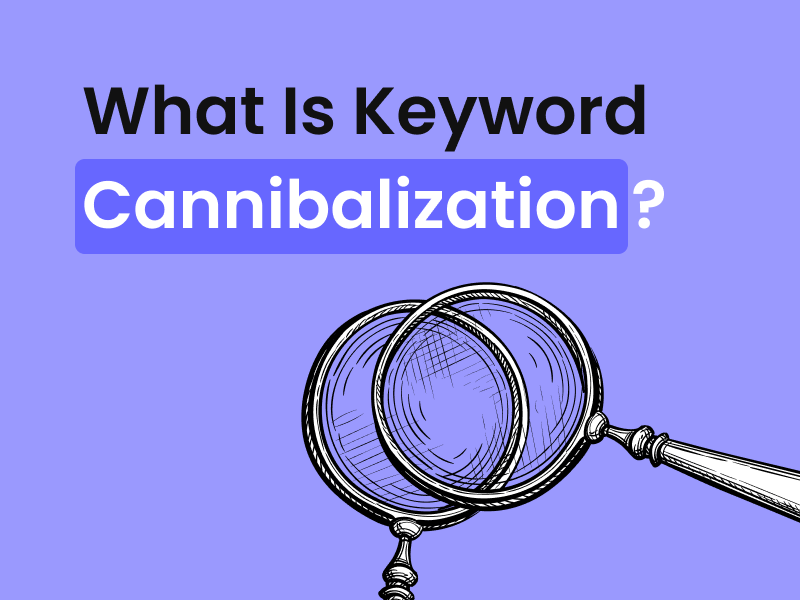Understand How Backlinks Work For Rankings To Boost SEO
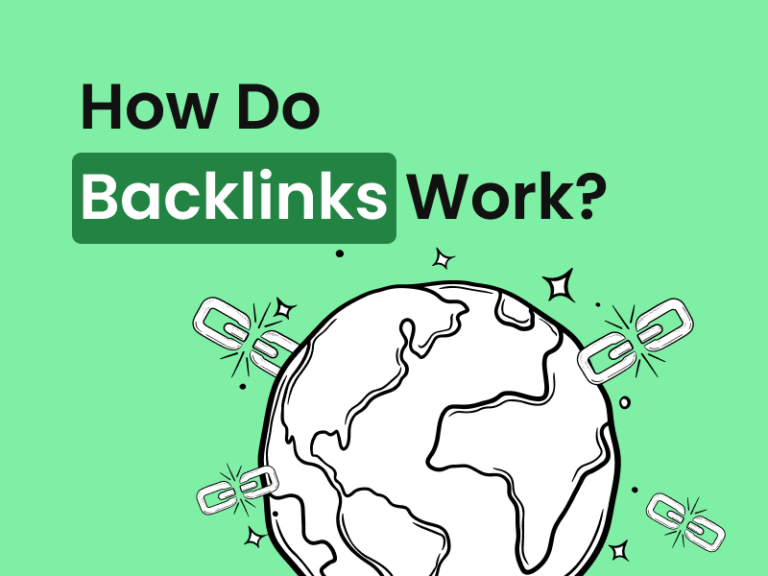
By Melissa Ng | Last Updated 12 April 2024
Introduction To Backlinks And SEO
Understanding The Role Of Backlinks In Search Rankings

Backlinks are essentially links from other websites to yours.
They are crucial because search engines like Google use them to assess if your site is a valuable resource worth ranking highly. Essentially, backlinks help determine your position in search results.
Having links from well-known and respected sites can significantly boost how search engines view your site.
How Backlinks Affect SEO

Backlinks serve as trust signals within the online world, helping search engines judge your website’s credibility and authority.
When another site links to yours, it suggests that your content is useful or interesting. However, it’s not just the number of backlinks that matters but also their quality.
A link from a reputable site within your industry is far more valuable than many links from lesser-known sites. Additionally, links from websites related to your content are more advantageous, reinforcing your site’s expertise, authority, and trustworthiness — critical components in the SEO metric known as ‘E-A-T’.
Understanding Different Types Of Backlinks
“Dofollow” vs. “Nofollow” Links
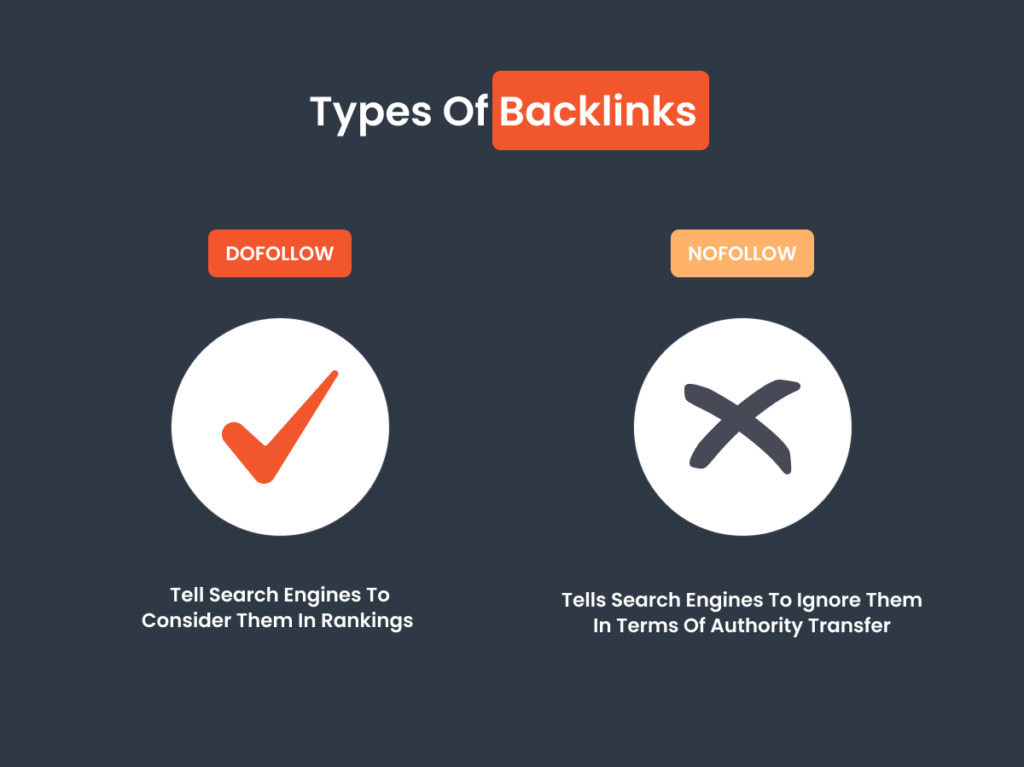
“Dofollow” and “nofollow” links play distinct roles.
Most links are “dofollow” by default, which means they tell search engines to consider them in rankings and help in passing authority from one site to another.
“Nofollow” links, on the other hand, are tagged with a rel=”nofollow” attribute, instructing search engines to ignore them in terms of authority transfer. However, “nofollow” links can still be valuable as they bring visitors to your site and, due to recent changes in search engine policies, they may also have an indirect impact on your SEO.
It’s important to have a mix of both “dofollow” and “nofollow” links to maintain a natural-looking backlink profile.
Identifying High-Quality Backlinks For Better SEO Performance
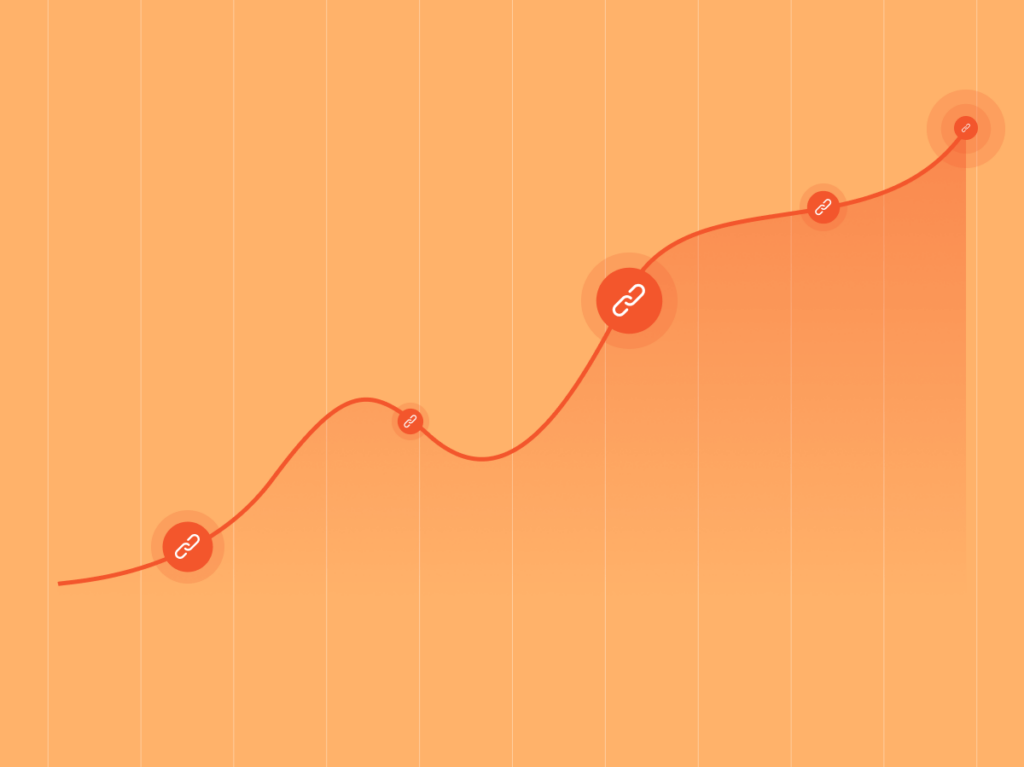
High-quality backlinks are essential for good SEO. These usually come from reputable sites with high domain authority — a metric that estimates how well a website might rank on search engine results pages.
High-quality backlinks should be relevant to your content, and the anchor text (the clickable text in a hyperlink) should naturally relate to your target keywords without appearing forced or spammy.
A truly valuable backlink not only boosts your SEO but also drives interested visitors to your site. When evaluating your backlinks, consider both their potential to attract real visitors and their impact on your search engine ranking.
The Link Between Backlinks And Page Authority
How Backlinks Boost Website Credibility

Backlinks act as digital endorsements, signalling to search engines that other websites see your content as valuable and authoritative.
When a reputable website links to yours, it’s like telling search engines that your content is also credible. This endorsement can enhance your site’s authority.
For example, if a well-regarded individual at a social gathering introduces you to others, you’re likely to be seen as trustworthy. Similarly, a link from an authoritative site can improve how search engines view your reliability and expertise, which can lead to better rankings and increased visibility.
The Importance Of Anchor Text In Links

Anchor text — the clickable text in a hyperlink — guides both users and search engines to your site’s content.
The right anchor text, especially if it includes relevant keywords, helps search engines understand what your page is about, aiding in appropriately displaying your page in search results.
However, excessive use of keyword-rich anchor text can appear manipulative to search engines, possibly leading to penalties.
It’s best to use a varied mix of anchor text types, including branded, generic, and natural phrases, to maintain a balanced and natural-looking backlink profile. This strategy helps avoid triggering search engine filters and enhances your overall SEO performance.
How To Build A Strong Backlink Profile
Create Content That Naturally Attracts Backlinks
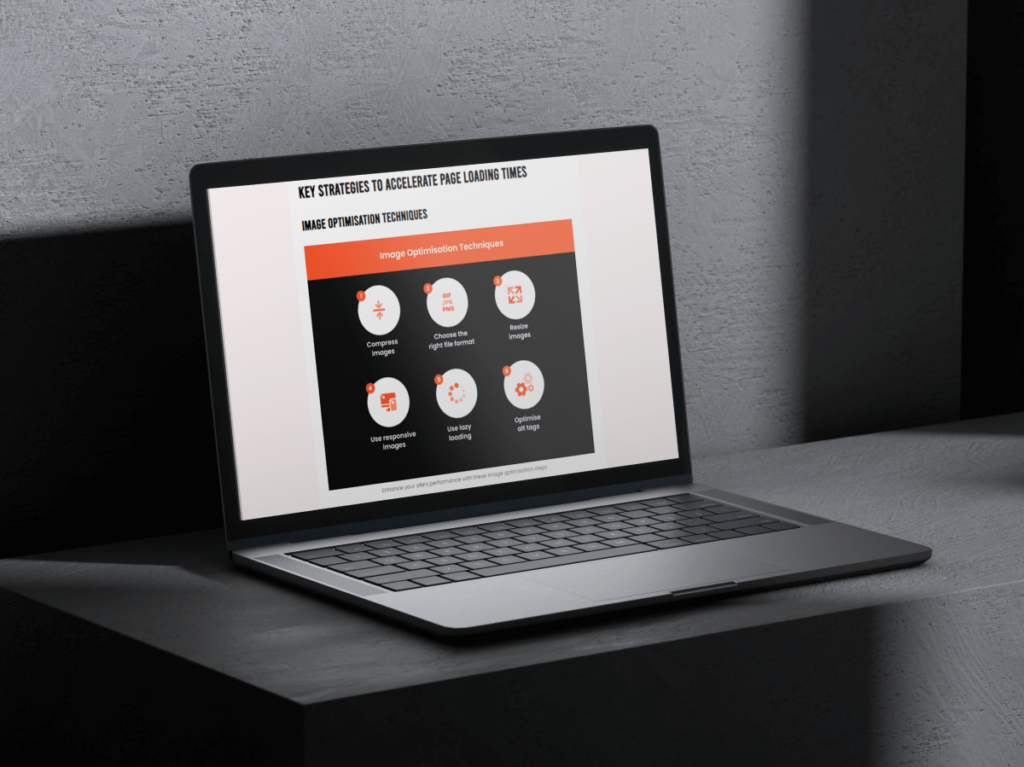
The best content makes people want to share it.
To draw in backlinks naturally, focus on crafting high-quality content that’s either highly informative or entertaining enough that other websites will want to direct their audience to it. Think in terms of detailed guides, thorough how-to articles, data-rich infographics, or videos that simplify complex ideas.
Quality should be your top priority, but don’t overlook SEO basics.
Incorporate relevant keywords that your audience is searching for, ensure your paragraphs are short for easy reading, and use clear headings.
Also, actively share your content on social media and relevant online communities. When your content stands out, other sites are more likely to link back to it, enhancing your SEO efforts organically.
Use Competitor Analysis To Find Backlink Opportunities

Competitor analysis is like conducting detective work on your market rivals. By examining the backlink profiles of your competitors, you can uncover valuable link-building opportunities.
Tools like the Backlink Gap tool allow you to compare your backlink profile with that of your competitors, highlighting gaps and opportunities for improvement.
For example, identify websites that link to several competitors but not to you. You might consider employing the skyscraper technique: identify a piece of content from a competitor that has gained backlinks, then create something better and approach the same publishers.
Or, if you notice comparisons or product round-ups that don’t include your offerings, you could suggest to the publishers that they include your product.
Personalised outreach is crucial here — explain how adding your content could benefit their readers and enhance their existing links.
How To Recognise And Avoid Bad Backlink Practices
The Risks Of Manipulative Link Schemes

Avoid manipulative link schemes at all costs — they can seriously damage your SEO efforts.
Tactics like using link farms or hidden links used to work, but search engines have become much more sophisticated. They now use algorithms specifically designed to detect these schemes, and getting caught could lead to severe penalties, such as a drop in your site’s rankings or even a manual penalty from Google.
According to Google’s Search Essentials (formerly Webmaster Guidelines), any links intended to manipulate a site’s ranking are considered deceptive and are strictly prohibited. Engaging in such practices can have long-lasting negative effects on your site’s credibility.
Instead, focus on earning your backlinks legitimately to build a strong, ethical SEO foundation.
Best Practices For Disavowing Toxic Backlinks

If you discover that your site has accumulated questionable backlinks, it might be time to consider using the disavow tool. This is a way to tell Google you want to dissociate from these harmful links.
However, be careful with this tool and use it only when necessary, such as when you have a significant number of spammy or low-quality links threatening your site’s reputation.
Here’s how to approach it:
- Perform a detailed audit of your backlink profile using tools like Google’s Search Console to spot undesirable links.
- Try to get these links removed by contacting the site owners. Keep your communication polite and professional.
- If removing the links isn’t possible, prepare to use the disavow tool. List the problematic links in a .txt file, placing one link per line, and submit it using the Google Disavow Tool.
As a rule of thumb, it’s generally better to disavow entire domains rather than individual URLs to address all problematic links from the same source effectively.
Regularly monitor your backlinks to identify and address harmful links promptly.
FAQs on Backlinks and SEO Rankings
How Can You Tell If A Backlink Is Good or Bad?
A good backlink usually comes from a website that has high domain authority, is relevant to your niche, and features content that supports or enhances your own. It should appear naturally and be placed in a way that adds value to the readers.
Conversely, a bad backlink often comes from a questionable site known for spammy activities or from sites that sell links, which is a practice frowned upon by Google. Over-optimized anchor text designed to manipulate search rankings is another warning sign. Also, consider the placement of the link; if it’s hidden or tucked away in a cluttered footer, it’s likely not trustworthy. If a link seems suspicious, it’s probably best to avoid it for the sake of your SEO health.
Do All Backlinks Contribute Equally to SEO?
No, backlinks vary widely in their impact on SEO.
High-quality backlinks from authoritative and relevant sites have a strong positive effect on your search rankings. Factors such as the context of the link on the page, the content surrounding it, and the authority of the linking site all influence the value of a backlink.
On the other hand, links from low-authority, spammy, or irrelevant sites provide minimal benefits and can even damage your rankings if they appear manipulative.
It’s important to associate your site with credible sources. Focus on securing high-quality backlinks, as they are far more valuable than many low-quality links.
Can Backlinks Negatively Affect Your Rankings?
Yes, backlinks can sometimes harm your rankings.
While good backlinks can boost your position in search results, poor-quality backlinks can have the opposite effect. Toxic backlinks typically originate from spammy, irrelevant, or low-quality sites, and they can damage your site’s reputation with search engines.
Furthermore, if search engines determine that your backlinks have been manipulated — such as through buying links or participating in link schemes — you may face penalties. These penalties can range from a drop in your rankings to being completely removed from search results.
It’s important to regularly review your backlink profile and remove any harmful links to maintain your site’s health and ranking.
What To Do If You Discover Harmful Backlinks
Finding harmful backlinks on your site can be likened to spotting weeds in a garden; you’ll want to remove them before they spread.
Start by contacting the administrators of the problematic sites and request the removal of the links. If this approach doesn’t yield results, you can use Google’s disavow tool. This tool allows you to submit a list of the bad links or domains, essentially telling Google to disregard these links when assessing your site.
However, use the disavow tool cautiously. Google’s algorithm is quite capable of identifying and disregarding nefarious links on its own. Therefore, reserve the disavow tool for situations where you have a significant number of harmful backlinks.
Be selective in disavowing links, focusing on those that are clearly malicious or intended to manipulate rankings.
Regular monitoring and judicious action are key to maintaining a healthy backlink profile.
If you want to learn more about backlinks, you can read our blog post: Maximising SEO: How Many Good Backlinks Do You Need to Rank Your Website Effectively?
Disclaimer
Some of the links in this post are affiliate links. This means if you click on the link and purchase the service, we may receive an affiliate commission at no extra cost to you. Rest assured, we only recommend products we believe will add value to our readers.
Submit An App
Seen a cool app you think we should review? Submit your recommendation using our form.

